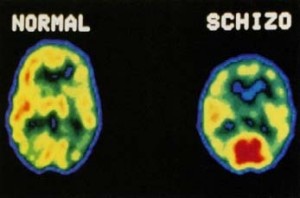Phosphorous is an important element that is largely involved in global agricultural production; therefore it directly affects the survival of mankind.
Phosphorous is important because it is a leading component in fertilizers that are largely used in food production globally to meet the demand of the growing population. Phosphorous is obtained from phosphate reserves, which are now depleting at a rate that will exhaust these reserves within the next 50-100 years, as phosphate is a non-renewable resource. This issue should be of the utmost concern to the government in order to maintain food security for future generations. The lack of phosphorous threatens food production with low crop yields and poor quality produce and consequently the existence of the human race.
Phosphorous is not only a key component in our agricultural industry but also plays a key role in all living things, including the construction of DNA and cell membranes. Due to its rare existence in the Earth’s crust, it is often a limiting factor in the growth of plants and algae. In humans it is essential for bone formation. Without a steady supply of this resource, global agricultural will greatly suffer and the global population will suffer a nutrition shortage.
The world’s increasing food demand has resulted in increased mining into phosphate reserves. This agricultural demand has been increasing at a rate of 3% per year, which will continue to increase as the gap between the rich and the poor increases. The rich will continue to prosper and consume more meat and dairy – which require more phosphorous input than any other foods – while those on the opposite end of the spectrum continue to face the harsh realities of the wavering food security.
If you’re more interested on the matter, the clip below would definitely be worth a watch.







